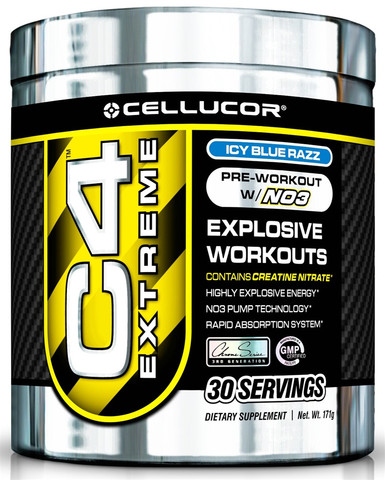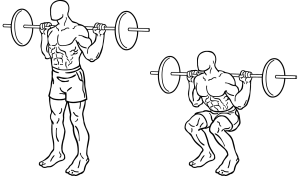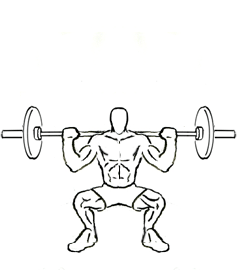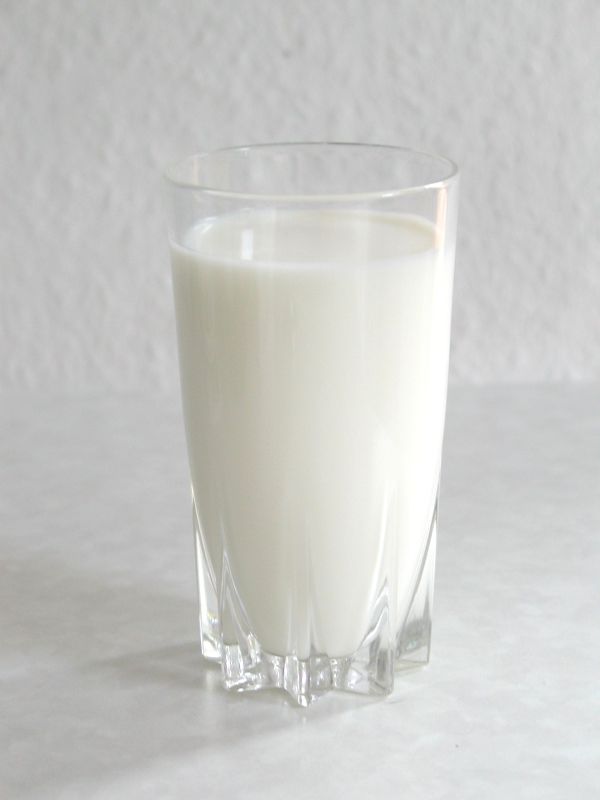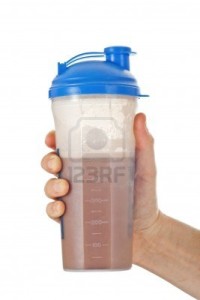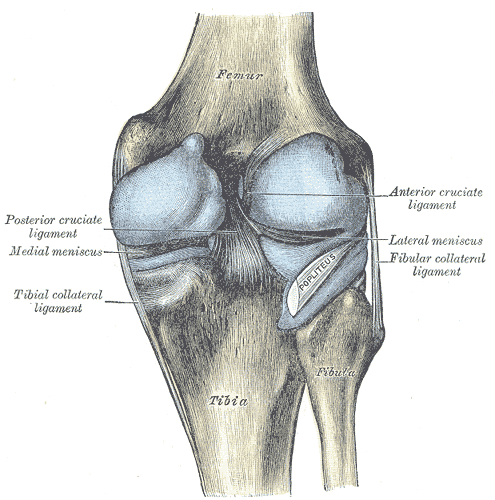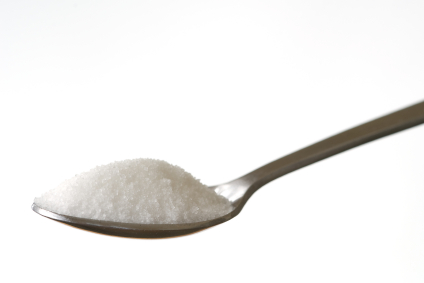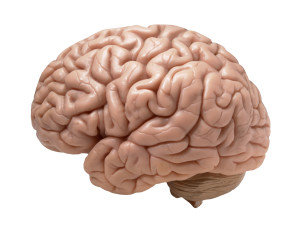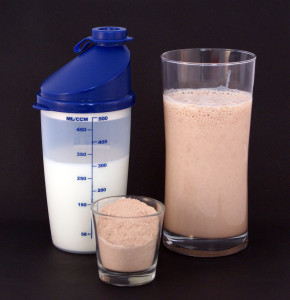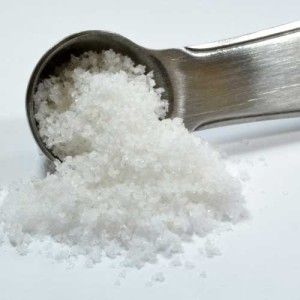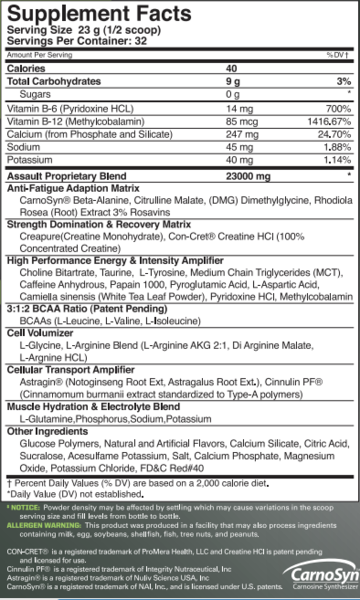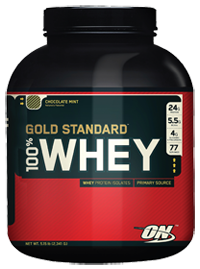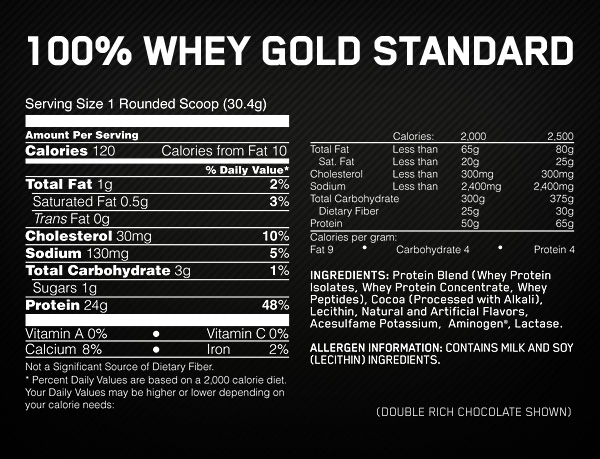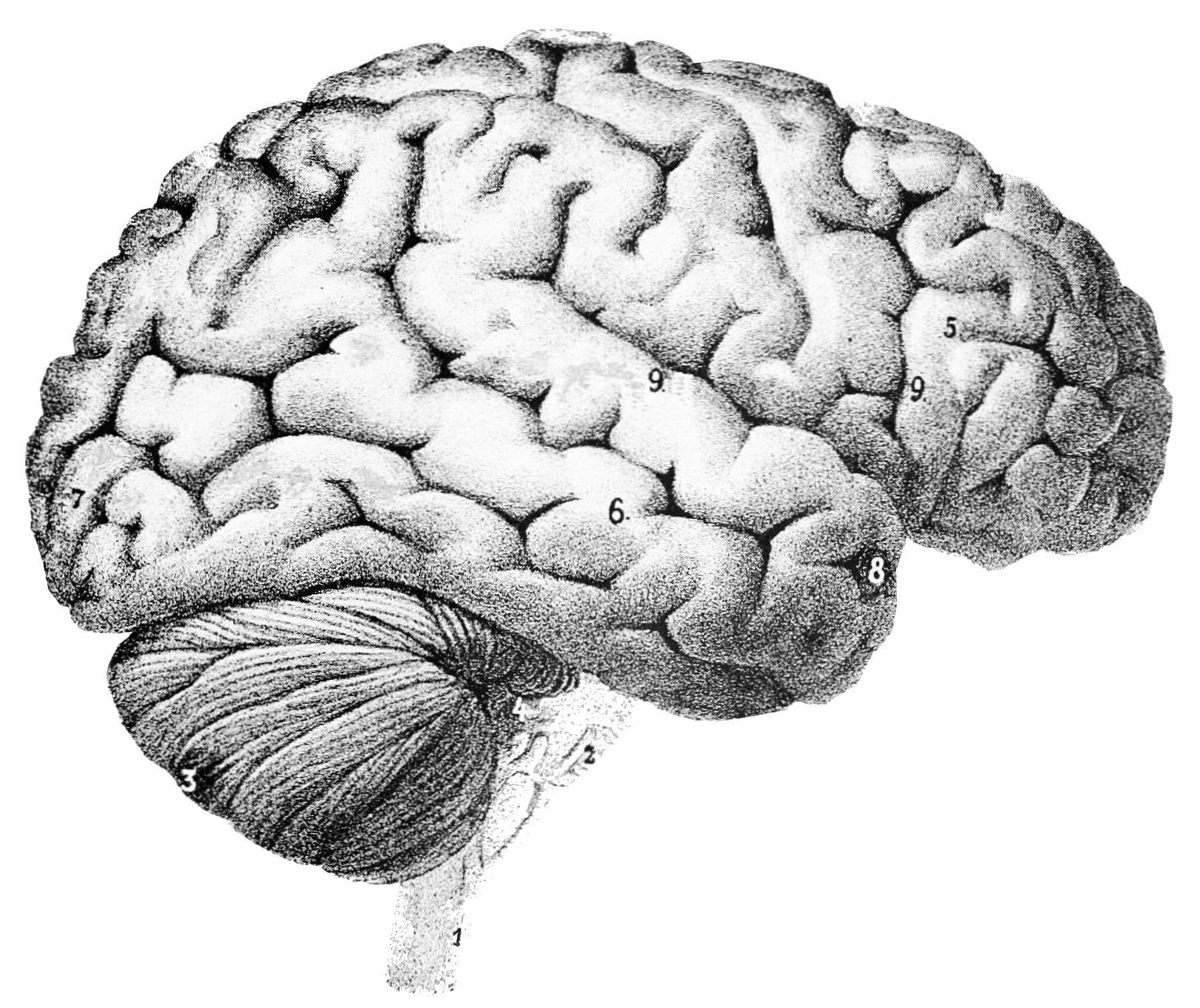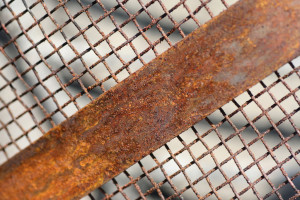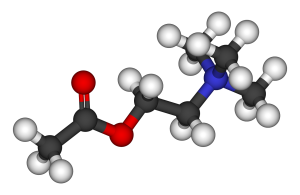2017 Update:Cellucor updated their ingredient list after methylsynephrine came under scrutiny by the FDA in early 2016. If synephrine with an added methyl group was being banned, then it was prudent for supplement companies to stop selling products containing synephrine.
Cellucor C4 is one of the most-popular pre-workout supplements on the market. It features a concentrated formula and small scoop sizes, both of which attract consumers by the droves. Not only that, but C4 packs a wallop in the gym and will give you some of the best workouts of your life. But why is C4 so effective?
Let’s take a look at the ingredients label and briefly highlight what each major ingredient does:
C4 Ingredients for 2017 and 2018
After the methylsynephrine ban in early 2016, Cellucor reformulated C4. They removed the synephrine and added theacrine.
Theacrine is a stimulant which is structurally similar to caffeine and also has parallel mechanisms of action. One advantage of theacrine over caffeine is it’s inability to build tolerance in animal studies. This is a clear advantage since caffeine quickly establishes tolerance.
Updated C4 Ingredient List (2017 and 2018)
- Theacrine: This replaced synephrine and is the major difference from the old formula. It’s structurally similar to caffeine, but doesn’t build tolerance. This more than makes up for the lack of synephrine.
- Vitamin C as ascorbic acid: kept from the original formula
- Niacin as niacinamide: kept from the original formula
- Vitamin B6 as pyridoxal-5-phosphate: kept from the original formula. One difference is that this ingredient now appears on its own instead of in the proprietary “explosive energy blend.” It’s unknown if the dosage for this changed from the original.
- Folic acid: kept from the original formula, but now no longer called folate.
- Vitamin B12 as methylcobalamin: kept from the original formula
- Beta alanine: Kept, but increased from 1500mg to 1600mg. Although small, this is a welcome increase. Still, at least 2g of beta alanine is needed for an effective dose. This limitation is understandable though as Cellucor could only use so many ingredients while having one dose fit into a single scoop.
- Creatine nitrate: kept from the original formula
- Arginine alpha ketoglutarate: kept from the original formula
- N-acetyl-L-tyrosine: kept from the original formula
- Caffeine anhydrous: Increased from 135mg to 150mg. This increase may be due to losing the synergy with synephrine
- Mucuna pruriens (velvet bean extract standardized for L-dopa): kept from the original formula
C4 Pre Workout Ingredients (2015 and prior original formula)
- Beta Alanine powder: Improves carnosine levels and reduces fatigue
- Creatine Nitrate: Improves water retention and boosts muscle growth
- Arginine AKG: Improves protein synthesis and libido levels
- Vitamin C supplement: Improves overall wellbeing but also shows promise in boosting energy levels
- N-Acetyl-L-Tyrosine (NALT) supplement: Increase the production and efficiency of neurotransmitters
- Caffeine Anhydrous powder: Boosts energy levels and increases focus
- Mucuna Pruriens: Increases the brain’s capacity to produce neurotransmitters and protein
- Bitter Orange: Boosts energy and attacks the body’s fat stores
- Niacinamide: Increases energy levels and focus
- Folic Acid: Helps the body make new cells
- Vitamin B12: Helps with normal functioning of the brain and nervous system
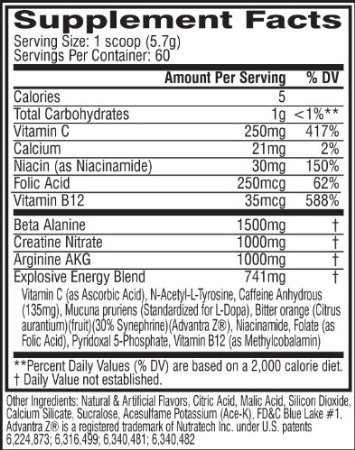
Whew. Quite a list. Individually, these supplements promise and deliver on any number of benefits to the body. But taken on their own, you may not notice much of an effect, or if you do, it will be minute.
However, taken altogether prior to a workout, the synergistic effect is tremendous. Your energy levels skyrocket, your focus hones, and your body sets itself on a one-way train to muscle growth and fat loss.
C4 New Formula vs the Old Formula
Is the 2017 (and 2018) C4 formula better than the old formula? The slight increase to beta alanine, caffeine, and the addition of theacrine more than make up for the lack of synephrine. The 15mg of extra caffeine anhydrous and the new theacrine stimulant offsetting caffeine’s tolerance only serves to enhance the stimulatory properties of C4.
Since C4 kept the same amount of mucuna pruriens and NALT, you’re still going to feel the elevated mood (and slight euphria) that you felt from the old formula.
How to make your own C4
You really cannot ask for a better combination of ingredients in a pre-workout supplement, but what if you don’t have the cash on hand to buy a major name brand blend?
This is where bulk supplements come into play. Nearly all of these ingredients are available for purchase in bulk online sites like beamzen.com or purebulk.com. At first, bulk prices may seem steep, but when you break down cost by serving, that is where you will see the real savings. If you are looking to invest in long term pre workout supplementation, check out this break down of Cellucor C4.
| Supplement | Serving size | Amount for at least 100 Servings | Cost |
| Beta Alanine | 2g | 100g | $4.79 |
| Creatine | 3-5g | 500g* | $8.89 |
| Arginine | 3-5g | 500g* | $15.95 |
| Vitamin C | 250mg | 25g | $3.25 |
| NALT | 350g | 50g* | $3.25 |
| Caffeine Anhydrous | 50mg | 5g | $0.99 |
| Mucuna Pruriens | 250mg | 25g | $6.40 |
| Bitter Orange | 10-20mg | 5g* | $3.42 |
| Niacinamide | 1 capsule | 100 capsules | ~$4.00 |
| Folic Acid | 1 capsule | 250 capsules* | ~$3.00 |
| Vitamin B12 | 1 capsule | 100 capsules | ~$5.00 |
| Total Cost | $55.69 | ||
| Total Per Serving | $0.56 | ||
*500g Creatine provides 100-166 servings
*500g Arginine provides 100-166 servings
*50g NALT provides 142 servings
*5g Bitter Orange provides 250-500 servings
*250 capsules of folic acid is 250 servings
The largest variant Cellucor offers contains 60 servings and costs $49.99, which breaks down to $0.83 per serving. However, as you can see by buying bulk, you save $0.27 per serving with some extra left over supplement to do with as you please.
This may not seem like very much, but if you are committed to this particular blend, then you can increase your bulk purchases to save even more. For example, if you bought enough to create 250 servings that would cost you around $106 dollars, breaking down to $0.42 per serving and still leaving you plenty of left overs of multiple supplements. That is a savings of $0.41 per serving. Looking at it long term, buying 250 servings at a time will last you about 8 months and save you over $100.
It comes down to cost versus convenience. It is clearly more convenient to buy a premixed blend and call it a day. However, if you are on a budget, it is well worth your time to invest in a digital scale and some gelatin capsules as the DIY method clearly lands you some big savings.

